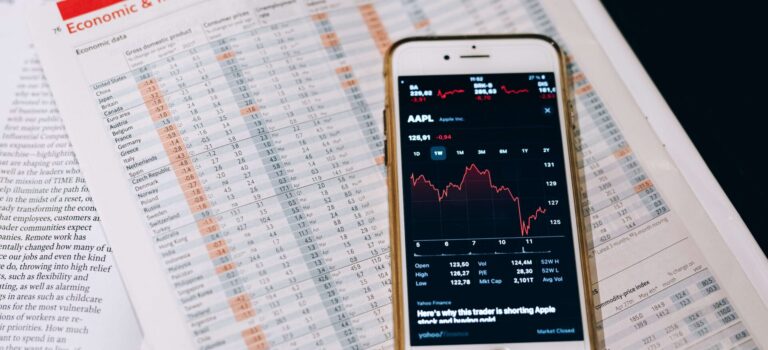While there wasn’t a lot of news this week, what was released had a significant impact on equity markets and may have a strong influence on what the Federal Reserve decides to do at its June and July meetings.
On Monday, the Institute for Supply Management (ISM) PMI came in at 50.3 percent, which was down from 51.9 percent last month and was below the 52.6 percent forecast for the month. Although any reading above 50 indicates growth in a given sector, it is the lowest number since January. This figure also comes just days after executives from Macy’s, Costco and other retailers have said that consumers are either buying less expensive items or are delaying purchases altogether.
On Thursday, another key data point came out that further revealed that the economy may be starting to slow down. Unemployment claims figures saw 261,000 people filed for benefits. This was significantly higher than the 233,000 claims filed last week and above the estimate of 236,000.
It’s also worth noting that several countries released gross domestic product (GDP) and unemployment numbers that showed potential weakness in their economies as well. For instance, Australia’s GDP dropped .2 percent when compared to the previous quarter, which was well below the .3 percent growth that analysts had expected. On Wednesday, Canadian authorities announced that there was a net loss of 17,300 jobs over the past month.
Interestingly, the central banks in Australia and Canada decided to raise interest rates in those countries by 25 basis points. Australia’s interest rate is now 4.1 percent while Canada’s central bank has now set its interest rate at 4.75 percent. Banking authorities in the European Union (EU) have suggested that further tightening may also be forthcoming in the next few months.
As central banks tend to coordinate interest rate hikes and cuts, it will be fascinating to see whether the Fed follows with a rate hike of its own despite a potential slowdown. Typically, the Fed does not continue hiking rates after taking a pause. Therefore, a pause would be more likely to indicate that the current cycle of increasing interest rates is over and that markets may finally be closer to the pivot that they’ve been anticipating for most of 2023.
The fact that there was little news this week meant that equity markets were largely rangebound. The S&P 500 traded between 4,260 and 4,280 between Monday and Thursday before finishing at 4,298 on Friday. Ultimately, the index was able to finish .25 percent higher than it started.
The Dow started the week at 33,750 before falling to 33,500 on Wednesday. However, it would reverse late Wednesday and finish the week at 33,876, which was a .42 percent increase from the beginning of Monday’s trading.
Finally, the NASDAQ also spent most of the week in a narrow range hitting a low of 13,097 on Wednesday and a high of 13,378 on Friday. The NASDAQ would ease off of that daily high to finish the week at 13,259, which was a .15 percent increase on the week.
Although last week was relatively slow, things are going to pick up in a major way starting on Tuesday. This is when monthly and yearly CPI data will be released as well as monthly Core CPI figures. On Wednesday, monthly PPI and Core PPI data will be released as well as the Fed’s June rate decision. Retail sales figures, the Empire State Manufacturing Index and unemployment claims figures will be released on Thursday.


